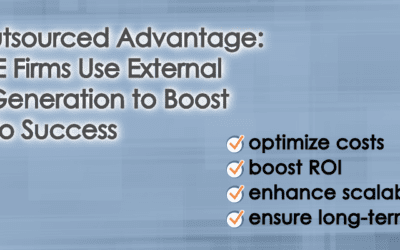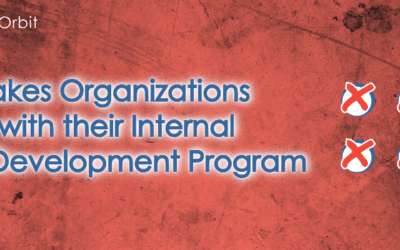The Glengarry Glen Ross Paradox: Why Intent Data is Yesterday’s ‘Hot Leads’
by Steve Schilling
In the realm of B2B marketing, the allure of intent data is akin to the premium “Glen Garry” leads from the iconic film “Glengarry Glen Ross”—coveted, promising, and purportedly the ticket to untold success. Just as those leads were seen as the end-all, be-all for desperate real estate agents, intent data is often hyped as the oracle for marketers, a crystal ball that uncannily predicts which prospects are about to swipe the corporate credit card. But, much like in the movie, the reality often falls pitifully short of the promise.
The crux of the issue isn’t necessarily the idea of intent data but the mechanics of its delivery. Think of it as the Glen Garry leads of the digital age, but with a twist: by the time you get your hands on them, someone else has often already closed the deal. In essence, these so-called actionable insights have a retroactive problem; they’re looking back, not ahead.
Picture trying to zero in on a celestial body, armed with star charts that are a year out of date. Your telescope won’t capture the star’s current position, but where it was eons ago—in cosmic terms, at least. Intent data often follows a similar trajectory. It’s collected and processed with enough lag that by the time it lands on a marketer’s desk, the prospect is usually far down the funnel, possibly cozying up with a competitor.
The dichotomy is clear: intent data often serves as a historical log rather than a forward-looking gauge. While hindsight can offer valuable lessons, when it comes to grabbing those fleeting opportunities in the fast-paced B2B world, yesterday’s ‘hot leads’—or intent data, in this case—are not necessarily today’s opportunities.
In the end, if intent data is your go-to strategy, you might find yourself like the characters in “Glengarry Glen Ross,” holding worthless leads and wondering what went wrong. In the high-stakes realm of B2B marketing, relying solely on intent data is a gamble. It might be one piece of the puzzle, but it’s not the full picture. To truly get ahead, it’s crucial to integrate intent data into a broader, more nuanced strategy. Otherwise, you’re simply navigating the future with a map of the past.
Frequently Asked Questions
What is intent data and how is it collected?
Intent data refers to information collected about a company’s or individual’s online activities, indicating their potential interest in purchasing products or services. It’s gathered through various methods, such as tracking website visits, engagement with specific content, search queries, and social media interactions. This data is then analyzed to predict buying intent, helping marketers and sales teams to target prospects more effectively. Sources of intent data include first-party data from your own website and third-party data from external platforms or intent data providers.
How can businesses overcome the lag issue associated with intent data?
To overcome the lag issue associated with intent data, businesses should focus on real-time or near-real-time data collection and analysis. This can be achieved by using advanced analytics tools and platforms that offer real-time monitoring and alert systems. Additionally, integrating first-party intent data (gathered directly from your own digital properties) with third-party intent data can provide a more immediate and comprehensive view of prospect behavior. Emphasizing direct engagement strategies, such as live chat on your website, can also help capture intent at the moment it occurs.
Besides intent data, what other strategies should be integrated for effective B2B marketing?
For effective B2B marketing, businesses should integrate a variety of strategies alongside intent data to create a holistic approach. This includes content marketing to attract and engage prospects, SEO to improve visibility for relevant searches, account-based marketing (ABM) for targeted campaigns, email marketing for direct communication, and social media marketing to expand reach and engagement. Additionally, leveraging customer relationship management (CRM) tools to track interactions and sales automation tools to streamline processes can enhance the overall effectiveness of your marketing efforts.
How can businesses ensure they are using intent data effectively?
To ensure the effective use of intent data, businesses should focus on several key practices:
- Timely Analysis and Response: Quickly analyze intent data and respond to potential leads while their interest is high.
- Integration with Other Data: Combine intent data with other data sources, such as CRM data, to get a fuller picture of each prospect.
- Customization and Personalization: Use insights from intent data to tailor marketing messages and offers to the specific interests and needs of each prospect.
- Continuous Monitoring and Adjustment: Regularly review the performance of campaigns that utilize intent data and adjust strategies as needed to improve results.
- Collaboration Between Marketing and Sales: Ensure close collaboration between marketing and sales teams to effectively act on intent data, aligning efforts to convert interest into actual sales.



